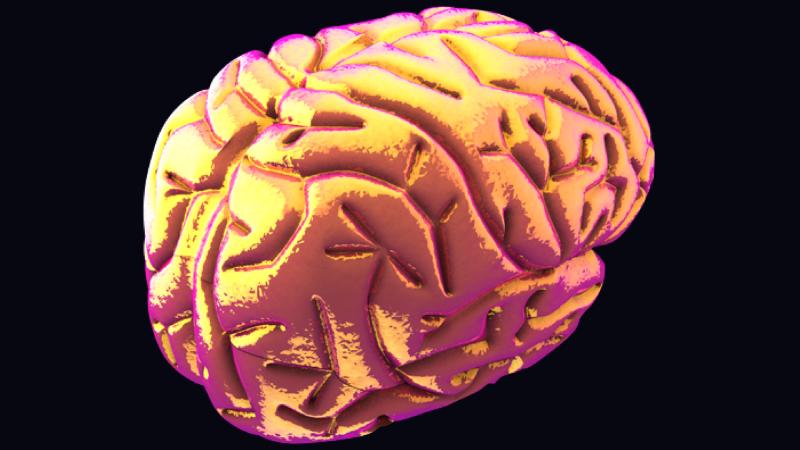
The brain is an extremely delicate organ that, like a glass artefact, needs many layers to protect it from injury. Besides the skull, the brain has three protective tissue layers called meninges. They form a protective covering around the entire central nervous system, including the brain and the spinal cord, and help to regulate different functions of the brain. In a recent study, researchers from the Indian Institute of Science Education and Research (IISER), Kolkata, have explored how viral infections like hepatitis affect the meninges. Their findings may hold clues to understand neurodegenerative diseases like Alzheimer's, Parkinson's and dementia.
The central nervous system has three meninges; the tough outer dura mater, the middle, spider web-like arachnoid mater and the inner delicate pia mater. They act as a semipermeable barrier that separates the blood from the cerebrospinal fluid. Cells, particles and other large molecules pass through this through the help of proteins called connexins. The protein molecules bind together to form a channel, called a gap junction, between two meningeal cells and regulate the passage of particles to the brain when the meninges are inflamed due to infections.
In this study, published in the journal Molecular Neurobiology and conducted on mice models, the researchers infected mice with hepatitis virus that affects the meninges of the brain. “We have established a viral meningitis model by infecting meningeal cell cultures with mouse hepatitis virus to understand the effect of viral infection on gap junction communication in meningeal cells called fibroblasts”, say the authors. They then studied the role played by the connexin proteins in regulation of the gap junctions.
The researchers observed that due to the infection, the levels of connexin proteins were reduced in meningeal cells and hence the protein molecules clumped together to form aggregates instead of assembling to form a gap junction. Thus, in the absence of a gap junction, other particles cannot pass through the meninges, resulting in the inflammation of the meninges.
“The role of the connexin proteins in the blood-brain barrier is to oversee its functions and the passage of molecules through it. An increase in this permeability is a trademark of neurological disorders like multiple sclerosis and bacterial meningitis and neurotropic viruses like HIV, measles and Japanese encephalitis”, say the authors referring to the devastating effects caused by reduced levels of these proteins.
When the meninges are injured, meningeal cells and cells called astrocytes—star-shaped brain cells that transmit electrical impulses within the brain—form a membrane called the glial limitans. This membrane is necessary because it helps to restore the blood-brain barrier function and also to reestablish balance or homeostasis in the central nervous system.
This study, funded by the Department of Biotechnology (DBT), Council for Scientific and Industrial Research (CSIR) and Scientific and Engineering Board (SERB), helps shed light on how neurological diseases affect the human brain by interfering with the gap junction pathways. By studying disease mechanisms on the meninges of a mouse model that is morphologically similar to a human, it is possible to understand neurological diseases better and come up with innovative treatment methods.





